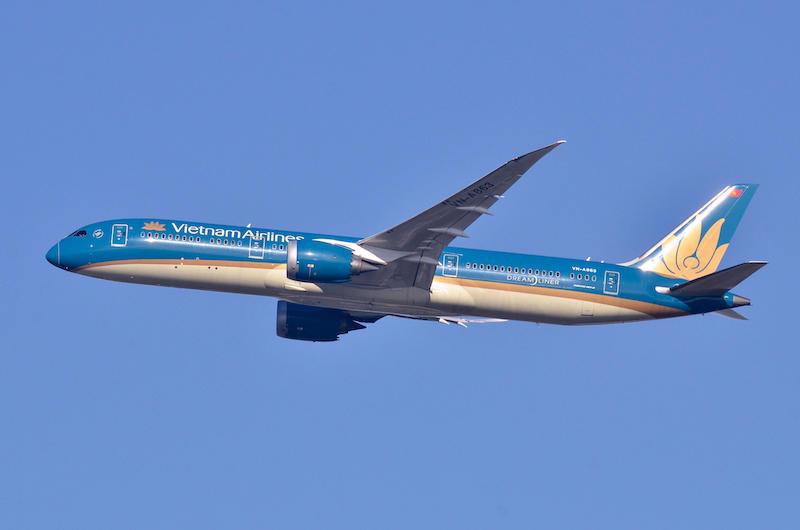
Vietnam Airlines has scheduled the launch of a new route between Ho Chi Minh City and Perth in Western Australia, just weeks after competitor Vietjet revealed its own intentions to establish air connectivity between the two cities.
Starting on Dec. 11, Vietnam Airlines intends to inaugurate flights between Ho Chi Minh City’s Tan Son Nhat International Airport (SGN) and Perth Airport (PER). The route will operate three times per week using Boeing 787-9 aircraft.
Although the destinations are unserved nonstop at present, the carrier’s plans follow confirmation that Vietjet will begin two flights per week between the cities from Nov. 21. The LCC will use 230-seat Airbus A321neo aircraft on the 3,015-mi. (2,620-nm) sector.
The move means that there will be about 2,750 two-way weekly seats between Ho Chi Minh City and Perth by mid-December, OAG Schedules Analyser data shows, with Vietnam Airlines accounting for about 68% of the capacity.
Securing a nonstop route to Vietnam has been a key aim for PER, with acting CEO Kate Holsgrove saying on Aug. 10 that the airport and the Western Australia state government were “in discussions with a number of airline partners” to secure additional routes to the country, as well as other key target markets like India and China.
Ho Chi Minh City-Perth will become the second new Australian route to be opened by Vietnam Airlines this year following the launch of Hanoi (HAN)-Melbourne (MEL) in June. Once flights begin, the SkyTeam alliance member will offer five nonstop routes to Australia and 23 weekly flights. This compares with three routes and 17 services per week before the pandemic.
Vietnam Airlines’ expansion follows that of Vietjet, which began flying to Australia in April 2023 with routes to Sydney and MEL from SGN. Since then, the airline has added flights from SGN to Brisbane.
Overall, capacity between Vietnam and Australia will swell to about 35,400 two-way weekly seats by mid-December, compared with 13,800 at the same time in 2019. Vietnam Airlines will have a capacity share of approximately 39.7%, followed narrowly behind by Vietjet on 38.7%.
